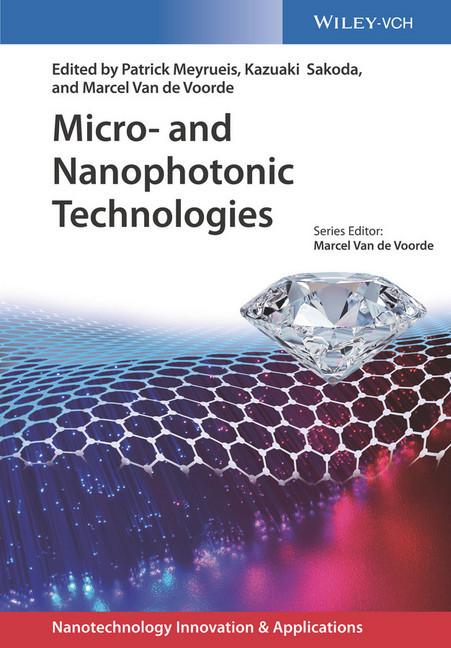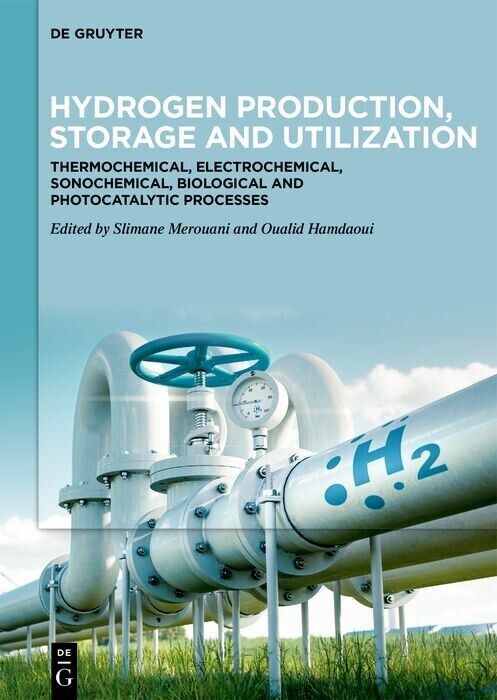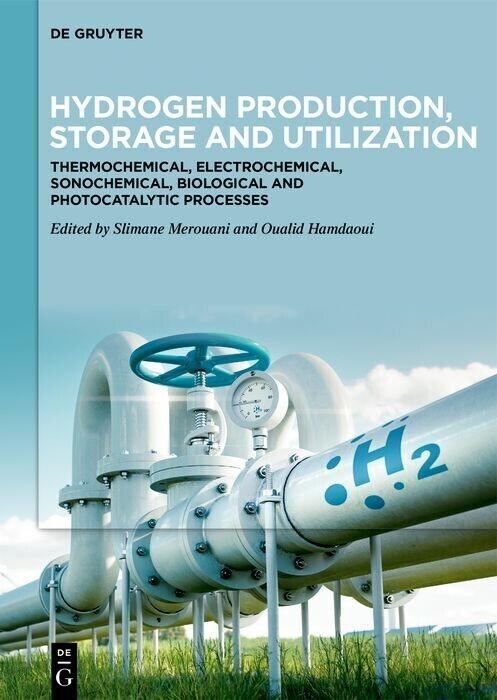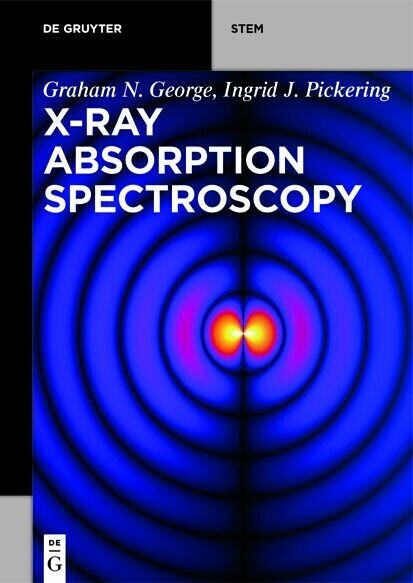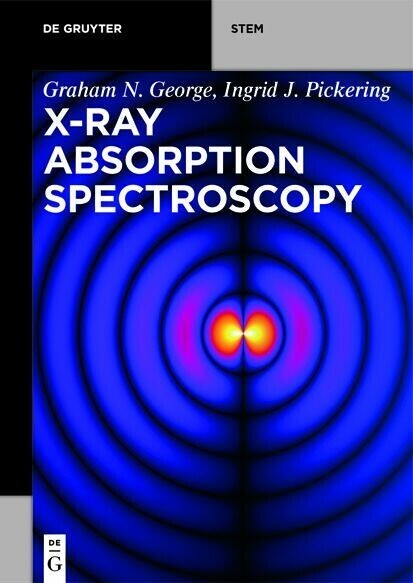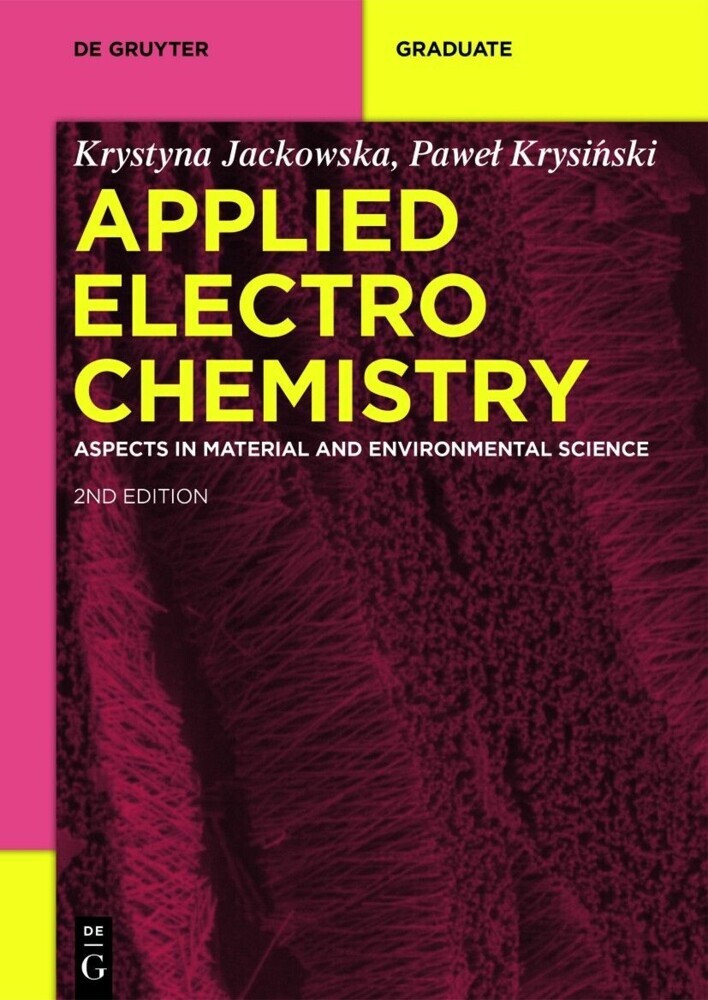Micro- and Nanophotonic Technologies
Micro- and Nanophotonic Technologies
Edited and authored by leading experts from top institutions in Europe, the US and Asia, this comprehensive overview of micro- and nanophotonics covers the physical and chemical fundamentals, while clearly focusing on the technologies and applications in industrial R&D.
As such, the book reports on the four main areas of telecommunications and display technologies; light conversion and energy generation; light-based fabrication of materials; and micro- and nanophotonic devices in metrology and control.
Patrick Meyrueis is Emeritus Professor of Physics at the University of Strasbourg, France. He started his career as an engineer of the French Department of Industry and took up a position as Associate Professor at the University Louis Pasteur (now University of Strasbourg) in 1981 where he founded the Photonics Group, which he headed until 1987. He then moved on to become founder and head of the Photonics System Laboratory which was one of the most advanced labs in the field of planar digital optics (now Icube Institute). Patrick Meyrueis is the author of more than 200 publications, 100 patents and several books. He was the chairman of more than 20 international conferences in photonics.
Kazuaki Sakoda is Professor in the Graduate School of Pure and Applied Sciences at Tsukuba University, Japan, and Managing Researcher of the Research Center for Functional Materials at the National Institute of Materials Science (NIMS). After his BE and ME degrees, obtained from Tokyo University, he worked as Senior Researcher at TORAY Industries, Inc. for eleven years. Kazuaki Sakoda received his PhD in Applied Physics from Tokyo University in 1992 and continued his academic career as Associate Professor in the Research Institute for Electronic Science at Hokkaido University before taking up his current positions.
Marcel Van de Voorde has 40 years' experience in European Research Organisations including CERN-Geneva, European Commission, with 10 years at the Max Planck Institute in Stuttgart, Germany. For many years, he was involved in research and research strategies, policy and management, especially in European research institutions. He holds a Professorship at the University of Technology in Delft, the Netherland, as well as multiple visiting professorships in Europe and worldwide. He holds a doctor honoris causa and various honorary Professorships.
He is senator of the European Academy for Sciences and Arts, in Salzburg and Fellow of the World Academy for Sciences. He is a Fellow of various scientific societies and has been decorated by the Belgian King. He has authored of multiple scientific and technical publications and co-edited multiple books in the field of nanoscience and nanotechnology.
As such, the book reports on the four main areas of telecommunications and display technologies; light conversion and energy generation; light-based fabrication of materials; and micro- and nanophotonic devices in metrology and control.
Patrick Meyrueis is Emeritus Professor of Physics at the University of Strasbourg, France. He started his career as an engineer of the French Department of Industry and took up a position as Associate Professor at the University Louis Pasteur (now University of Strasbourg) in 1981 where he founded the Photonics Group, which he headed until 1987. He then moved on to become founder and head of the Photonics System Laboratory which was one of the most advanced labs in the field of planar digital optics (now Icube Institute). Patrick Meyrueis is the author of more than 200 publications, 100 patents and several books. He was the chairman of more than 20 international conferences in photonics.
Kazuaki Sakoda is Professor in the Graduate School of Pure and Applied Sciences at Tsukuba University, Japan, and Managing Researcher of the Research Center for Functional Materials at the National Institute of Materials Science (NIMS). After his BE and ME degrees, obtained from Tokyo University, he worked as Senior Researcher at TORAY Industries, Inc. for eleven years. Kazuaki Sakoda received his PhD in Applied Physics from Tokyo University in 1992 and continued his academic career as Associate Professor in the Research Institute for Electronic Science at Hokkaido University before taking up his current positions.
Marcel Van de Voorde has 40 years' experience in European Research Organisations including CERN-Geneva, European Commission, with 10 years at the Max Planck Institute in Stuttgart, Germany. For many years, he was involved in research and research strategies, policy and management, especially in European research institutions. He holds a Professorship at the University of Technology in Delft, the Netherland, as well as multiple visiting professorships in Europe and worldwide. He holds a doctor honoris causa and various honorary Professorships.
He is senator of the European Academy for Sciences and Arts, in Salzburg and Fellow of the World Academy for Sciences. He is a Fellow of various scientific societies and has been decorated by the Belgian King. He has authored of multiple scientific and technical publications and co-edited multiple books in the field of nanoscience and nanotechnology.
1;Micro- and Nanophotonic Technologies;1 2;Series Editor Preface;9 3;About the Series Editor;11 4;Contents;13 5;Foreword;25 6;Preface;27 7;An Overview of Micro- and Nanophotonic Science and Technology;29 7.1;1 Global Scale of the Subject;29 7.2;2 A Brief History;30 7.3;3 Characteristics;33 7.3.1;3.1 Propagation;34 7.3.2;3.2 Localization;36 7.3.3;3.3 Dispersion;38 7.4;4 Prospects and Outlook;39 7.5;Acknowledgment;41 7.6;References;41 8;Part One: From Research to Application;45 8.1;1: Nanophotonics: From Fundamental Research to Applications;47 8.1.1;1.1 Introduction;47 8.1.2;1.2 Application of Photonic Crystals to Solar Cells;49 8.1.3;1.3 Antireflecting Periodic Structures;52 8.1.4;1.4 Black Silicon;54 8.1.5;1.5 Metamaterials for Wide-Band Filtering;58 8.1.6;1.6 Rough Surfaces with Controlled Statistics;60 8.1.7;1.7 Enhancement of Absorption in Organic Solar Cells with Plasmonic Nano Particles;63 8.1.8;1.8 Quantum Dot Solar Cells;64 8.1.9;1.9 Conclusions;68 8.1.10;Acknowledgments;68 8.1.11;References;68 8.2;2: Photonic Crystal and Plasmonic Microcavities;73 8.2.1;2.1 Introduction;73 8.2.2;2.2 Photonic Crystal Microcavity;76 8.2.3;2.3 Purcell Effect;82 8.2.3.1;2.3.1 Purcell Factor;82 8.2.3.2;2.3.2 GaAs Quantum Dots in PC Microcavity;83 8.2.4;2.4 Plasmonic Microcavity;85 8.2.4.1;2.4.1 Enhanced MD Radiation;86 8.2.4.2;2.4.2 Enhanced ED Radiation;90 8.2.4.3;2.4.3 Multimode Cavity;91 8.2.5;References;94 8.3;3: Unconventional Thermal Emission from Photonic Crystals;95 8.3.1;3.1 Introduction;95 8.3.2;3.2 3D Photonic Crystals;96 8.3.3;3.3 2D Photonic Crystals;101 8.3.4;3.4 1D Photonic Crystals;104 8.3.5;3.5 Summary;105 8.3.6;References;105 8.4;4: Extremely Small Bending Loss of Organic Polaritonic Fibers;109 8.4.1;4.1 Introduction;109 8.4.2;4.2 Exciton-Polariton Waveguiding in TC Nanofibers;110 8.4.2.1;4.2.1 Synthesis and Characterization of TC Nanofibers;110 8.4.2.2;4.2.2 Mechanism of Active Waveguiding in TC Nanofibers;111 8.4.3;4.3 Miniaturized Photonic Circuit Components Constructed from TC Nanofibers;113 8.4.3.1;4.3.1 Asymmetric Mach-Zehnder Interferometers;113 8.4.3.2;4.3.2 Microring Resonators;115 8.4.3.3;4.3.3 Microring Resonator Channel Drop Filters;118 8.4.4;4.4 Theoretical Analysis;120 8.4.4.1;4.4.1 Dispersion Relation;120 8.4.4.2;4.4.2 Bending Loss;122 8.4.5;References;124 8.5;5: Plasmon Color Filters and Phase Controllers;125 8.5.1;5.1 Introduction;125 8.5.2;5.2 Optical Filter Based on Surface Plasmon Resonance;126 8.5.2.1;5.2.1 Light Transmission through Hole and Slit Arrays;127 8.5.2.1.1;5.2.1.1 Hole Arrays;127 8.5.2.1.2;5.2.1.2 Nanoslit Arrays;129 8.5.2.2;5.2.2 Fabrication and Measurement;131 8.5.2.3;5.2.3 Transmission Characteristics;133 8.5.2.3.1;5.2.3.1 Hole Arrays;133 8.5.2.3.2;5.2.3.2 Nanoslit Arrays;135 8.5.3;5.3 Transmission Phase Control by Stacked Metal-Dielectric Hole Array;136 8.5.3.1;5.3.1 Verification of Transmission Phase Control by a Uniform SHA;137 8.5.3.2;5.3.2 Numerical Study of Transition SHA for Inclined Wavefront Formation;139 8.5.3.3;5.3.3 Experimental Confirmation of Uniform SHA;139 8.5.3.4;5.3.4 Experimental Confirmation of Transition SHA;141 8.5.4;5.4 Summary;143 8.5.5;References;144 8.6;6: Entangled Photon Pair Generation in Naturally Symmetric Quantum Dots Grown by Droplet Epitaxy;147 8.6.1;6.1 Introduction;147 8.6.2;6.2 Quantum Dot Photon-pair Source;149 8.6.3;6.3 Natural Growth of Symmetric Quantum Dots;152 8.6.4;6.4 Droplet Epitaxy of GaAs Quantum Dots on AlGaAs(1 1 1)A;153 8.6.5;6.5 Characterization of Entanglement;156 8.6.6;6.6 Violation of Bell's Inequality;159 8.6.7;6.7 Quantum-state Tomography and Other Entanglement Measures;162 8.6.8;References;165 8.7;7: Single-Photon Generation from Nitrogen Isoelectronic Traps in III-V Semiconductors;169 8.7.1;7.1 Introduction;169 8.7.2;7.2 What is Isoelectronic Trap?;170 8.7.3;7.3 GaP:N Case;171 8.7.3.1;7.3.1 Macro-PL from Bulk GaP:N;171 8.7.3.2;7.3.2 µ-PL of NN Pairs in ?-Doped GaP:N;171 8.7.3.3;7.3.3 Single-Photon Emission from ?-Doped GaP:
Meyrueis, Patrick
Sakoda, Kazuaki
Van de Voorde, Marcel
| ISBN | 9783527699933 |
|---|---|
| Artikelnummer | 9783527699933 |
| Medientyp | E-Book - PDF |
| Copyrightjahr | 2017 |
| Verlag | Wiley-VCH |
| Umfang | 571 Seiten |
| Sprache | Englisch |
| Kopierschutz | Adobe DRM |

